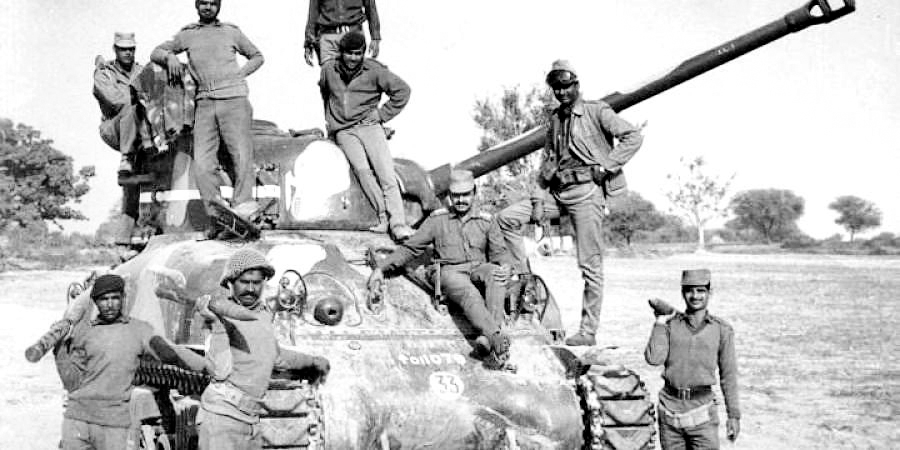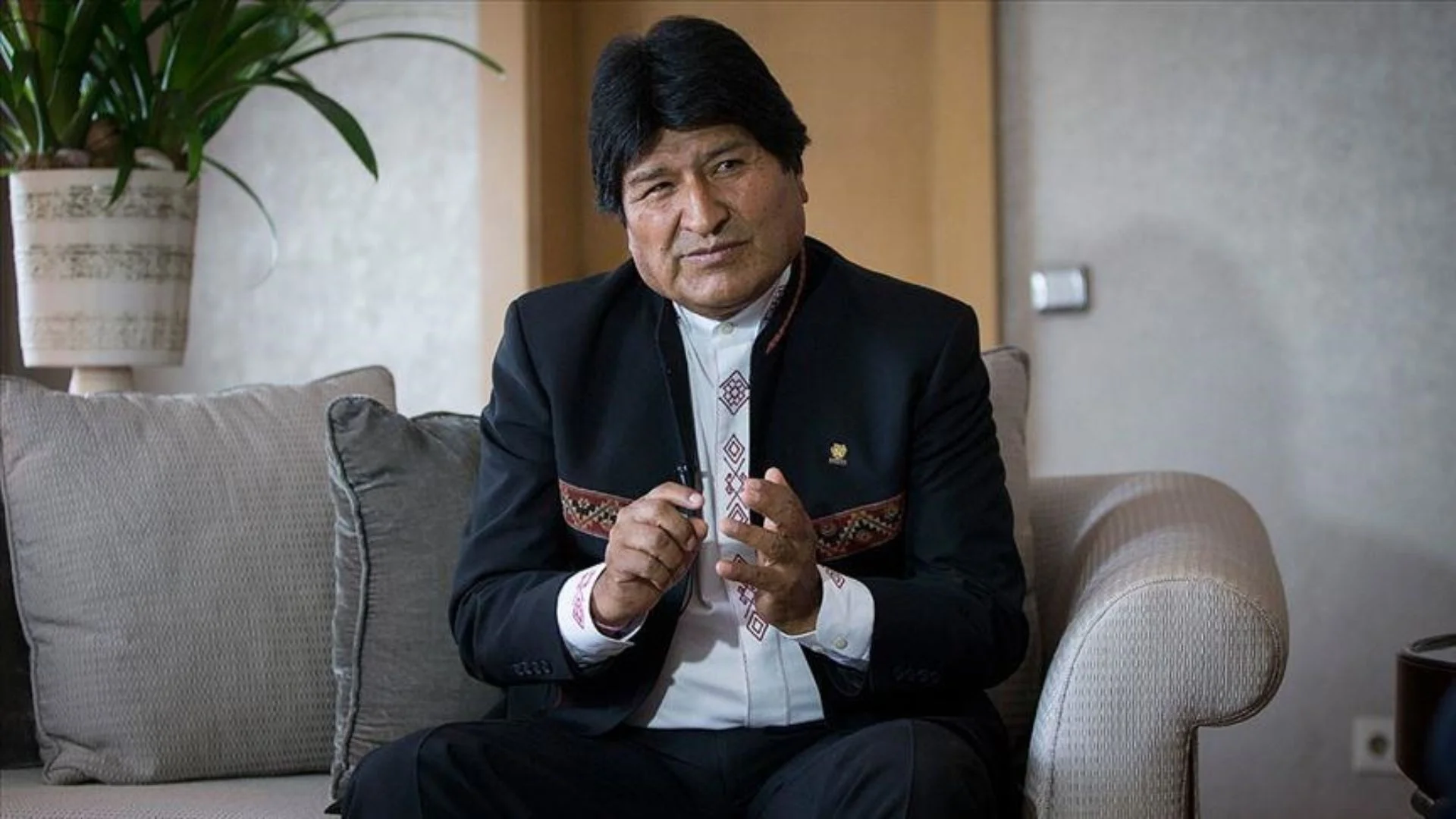In the annals of military history, certain battles stand out as epitomes of valour, sacrifice, and strategic brilliance. The Battle of Basantar, fought during the Indo-Pakistan War of 1971, is one such chapter that etched its name in the chronicles of warfare. The battle unfolded along the Basantar River in the Shakargarh sector of the western front, and its outcome played a pivotal role in the ultimate victory of the Indian Armed Forces in the war.
Historical Context:
The Indo-Pakistani War of 1971 was a conflict that arose primarily due to the political turmoil in East Pakistan (now Bangladesh). The suppression of Bengali nationalist movements by the Pakistani military led to a humanitarian crisis and triggered a military intervention by India. The western front of the war saw intense battles between the Indian and Pakistani forces, and the Battle of Basantar became a decisive engagement.
Geographical Significance:
The Basantar River, flowing through the Shakargarh region in the Sialkot district of West Pakistan (now in Pakistan), became the focal point of the battle. The rugged and semi-desert terrain around the river presented both challenges and opportunities for military operations. The area was crisscrossed with numerous small watercourses, making it tactically significant for controlling the flow of troops and resources.
The Indian Forces:
The Indian Army, under the command of Lieutenant General Sagat Singh, played a crucial role in the Battle of Basantar. The Indian forces included elements from the 10th Infantry Division and the 14th Infantry Division, both tasked with capturing and securing key objectives along the western front.
Pakistani Strategy:
On the Pakistani side, the 1st Armored Division, commanded by Major General Naseer Ahmad Khan, was a formidable force. The Pakistani strategy involved the defence of strategic areas along the Basantar River, creating fortified positions and utilizing the advantage of the riverine terrain to impede the Indian advance.
Commencement of the Battle:
The Battle of Basantar commenced in the first week of December 1971, with the Indian forces launching Operation Cactus Lily. The primary objectives were to capture key bridges over the Basantar River and secure the area for further advances.
Intense Tank Battles:
The heart of the battle was marked by intense tank warfare. Both Indian and Pakistani armoured regiments clashed along the Basantar, engaging in fierce duels that tested the skill and courage of tank crews. The 47th Indian Infantry Brigade, under Brigadier M.M. Khanna, played a crucial role in spearheading the attacks.
Tactical Brilliance:
One of the key elements of the Indian strategy was the use of tactical brilliance and surprise. The Indian forces, led by Brigadier Khanna, devised a plan to bypass heavily defended areas, allowing the Pakistani forces to believe they had successfully halted the Indian advance. Meanwhile, the main assault force moved through more challenging terrain, catching the Pakistani defenders off guard.
Capture of Jarpal:
One of the pivotal moments in the battle was the capture of Jarpal, a town situated on the west bank of the Basantar River. The Indian forces, despite facing stiff resistance, managed to secure this strategic location, paving the way for further advances.
Heroic Actions:
The Battle of Basantar witnessed numerous acts of heroism and selfless sacrifice. Major Hoshiar Singh, an officer in the Indian Army, earned the Param Vir Chakra (India’s highest military decoration) for his exceptional leadership and courage during the battle. His actions inspired his troops and contributed significantly to the success of the Indian forces. Second Lieutenant Arun Khetarpal was awarded PVC (Posthumous) for his valour in face of the enemy. He sacrificed his life in the Battle of Basantar at Shakargarh.
The Turning Point:
As the battle progressed, the Indian forces gained momentum and inflicted heavy losses on the Pakistani side. The strategic brilliance of the Indian commanders and the valour of the soldiers turned the tide of the conflict in favour of India.
End of Hostilities:
The Battle of Basantar played a crucial role in the broader context of the Indo-Pakistani War of 1971. With the Indian forces gaining control over key areas along the Basantar River, the Pakistani military faced significant setbacks. The hostilities eventually culminated in the signing of the Instrument of Surrender on December 16, 1971, leading to the creation of the independent nation of Bangladesh.
Legacy and Recognition:
The Battle of Basantar remains a testament to the professionalism, determination, and bravery of the Indian Armed Forces. The sacrifices made by the soldiers and the strategic acumen displayed by the commanders have been commemorated with memorials and ceremonies, honouring the memory of those who fought in this historic battle.
Conclusion:
The Battle of Basantar stands as a shining example of military prowess and resilience. It showcased the effectiveness of well-planned operations, the importance of strategic innovation, and the unwavering commitment of soldiers to their mission. Beyond its tactical significance, the battle played a pivotal role in shaping the geopolitical landscape of the Indian subcontinent. The heroes of Basantar, both those who survived and those who made the ultimate sacrifice, will forever be remembered for their role in shaping the destiny of nations during a critical chapter in history.























